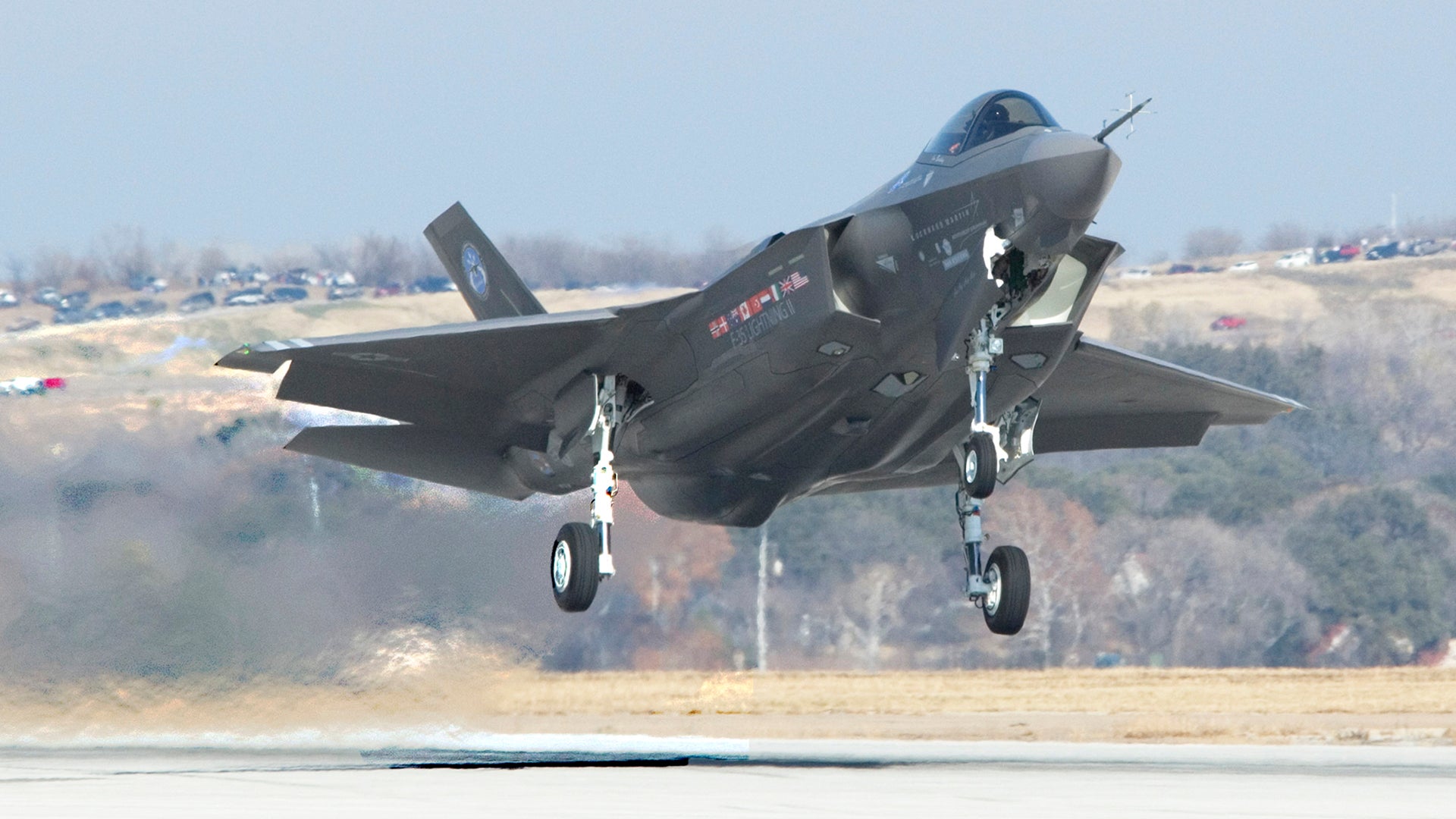 www.twz.com
www.twz.com
The F-35A’s first flight occurred on December 15th, 2006—ten years to this very day. The first flight of the X-35 concept demonstrator aircraft took place over six years prior to that, on October 24th, 2000, with the Joint Strike Fighter/Joint Advanced Strike Technology initiative kicking off seven years before that in 1993—over 23 years ago.
We all know how the Joint Strike Fighter program shattered its budget and elongated its development schedule by many years, and more delays and more money than planned will still likely be needed to complete the aircraft in a configuration that is even near what was promised. But putting that aside, let’s reflect on just how long of a development period this was, because the F-35 is not alone. The Pentagon has become all too comfortable procuring weapon systems that take far too long to bring to fruition. Oversight from Congress has also come complacent despite grandstanding but ultimately hollow rhetoric by its members. The system is broken, and if the US wants to keep its supremacy on the battlefields of the future, it needs to change.
In comparison, roughly:
It took American just under 8 years from putting its first citizen in space to walking on the moon
World War I and World War II combined were fought in roughly the same amount of time
The Panama canal was built using turn of the century equipment in about ten years
It was ten years between the first flight of the cutting-edge piston-powered Lockheed Constellation and the first flight of the also cutting-edge jet powered 707
A Lockheed engineer who had a child in 6th grade when the F-35A first flew would be attending that child’s college graduation this year
 Peterwhy/wikicommons
Peterwhy/wikicommons
Even taking into consideration the recent comments from the incoming Trump Administration, the F-35 is almost certainly here to stay. But we can use the program as an example of how not to procure weapon systems in the future. Other alternatives exist, especially for combat aircraft, that can break the mold of how we have done things in the past. 25-30 year development cycles, even after building on major technology investments that came right before it (see the F-22) is not only unacceptable but is especially unsustainable. Above all else, our increasingly adaptable potential enemies will be better off if we keep continuing down this road.
F-35’s first flight on December 15th, 2006 at Lockheed’s Fort Work plant:

The hard truth is that although there has been progress, the F-35 remains troubled and is slipping further behind schedule and probably won’t be what it was really envisioned to be until the better part of yet another decade passes. And even then, “affordable” is unlikely to be one of its traits.





